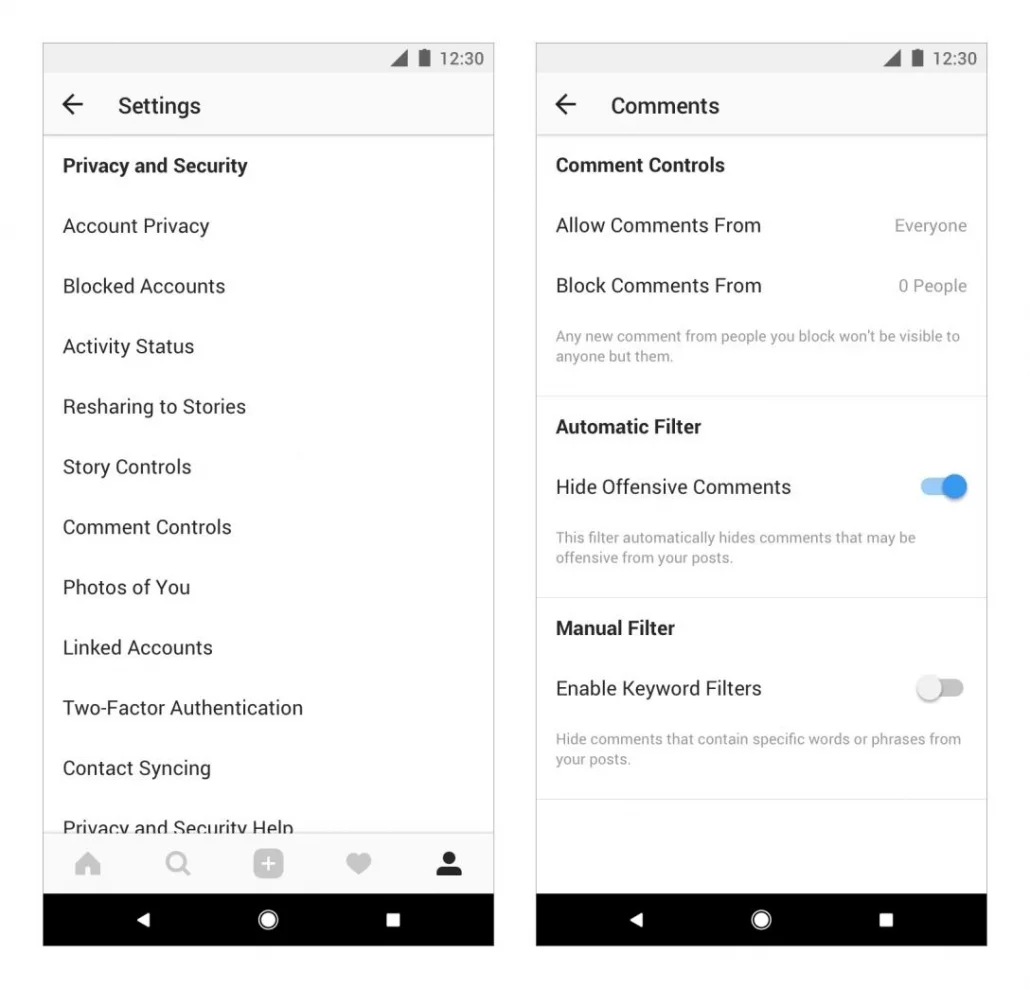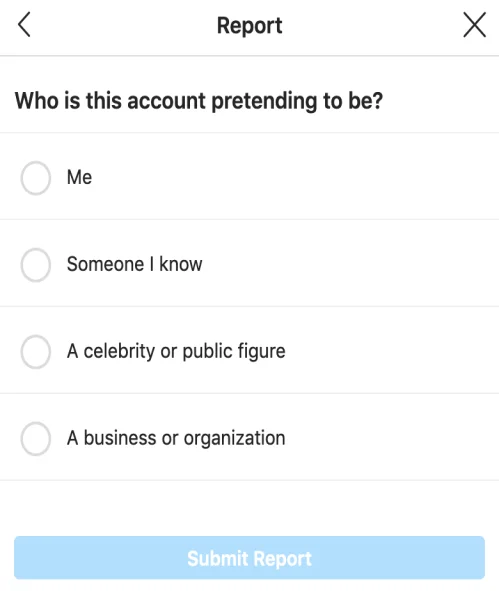Artificial Intelligence and Big Data On Instagram
Quick Summary: This blog explores AI’s transformative potential in Instagram automation through big data and emphasizes how Artificial intelligence and big data can reshape user experiences and engagement on the platform.
Introduction
In today’s digital age, social media is integral to our personal and professional lives. Social media platforms like Instagram, Facebook, Snapchat, and LinkedIn are modern ways to keep people in touch. Some platforms like Instagram, Facebook, or Snapchat are useful for sharing videos, images, or any information through which our followers, friends, and relatives may know about us. These platforms are becoming more popular daily because of their user-friendly features.
Instagram is the most popular social platform where each youngster is active and entrepreneurs double their business growth. More than 50 million people upload their photos on a daily basis and each of them builds their relationship stronger with those people who are far from them through likes and comments on their posts. If you observe, crucial data has been generated in each minute on Instagram.
With AI algorithms, this data has been examined and concluded on astonishing concepts that improve the growth of any business. These insights are useful to find the interest of a majority of people and their behavior. Therefore, it helps to forecasting the demand of upcoming business through analyzing customer interest and their requirement.
It boasts over a billion monthly active users, making Instagram a visual powerhouse among social platforms. Influencers and businesses can connect with a huge audience on Instagram. However, as the platform has grown, its management and thriving have also become more complex. This is where Artificial Intelligence (AI) and Big Data come into play.
Partnering with trusted software development services ensures quality, reliability, and innovation, leading to successful projects and achieving outstanding results collaboratively and efficiently.
This blog highlights the Impact Of AI technology and how Artificial intelligence and Big Data can revolutionize Instagram automation. Also, please read our blog on details about AI in 2024 to get valuable insights into the latest developments and trends in artificial intelligence to stay updated in the rapidly evolving field.
Artificial Intelligence and Big Data On Instagram
With more than 1 billion active users, Instagram has become the most popular social media platform through which we can share or edit images, videos, stories. The United States and India have the most active users of Instagram. In a report, it is said that India has 201 million and The USA has 157 million numbers of Instagram users. Following is the chart that shows the leading countries that have the most active users.
Source – Statista Research Department, Nov 23, 2021

Instagram shares millions of posts like images, videos, or stories. Also, it allows users to interact with them by liking the posts, commenting on posts, using hashtags (#), or sharing the posts. So, it is only possible for humans to keep track of all this data using AI, Big data, and Machine Learning models. “Instagram isn’t necessarily a photo company or a communications company; as I like to say, we are also going to be a big data company,” says the CEO of Instagram, Kevin Systrom.
How Artificial Intelligence And Big Data Transforming Instagram
Instagram is leading among all the social media platforms, with many active users and daily posts on multiple devices. Instagram also introduces some features like filters, stories, and messaging systems. These features attract ordinary users and photographer enthusiasts, companies, organizations, and global brands. Check out some of the Instagram features that use AI, Big data, and Machine learning.
- Content for Explore tab and search function
- Target Advertising
- Bettering user experience
- Filtering/Eliminating /Dealing with spam and posts
- Dealing with offensive and inappropriate content
- Studying human behavior/ condition
1. Content for Explore tab and search function
When Instagram users post images, videos, or other types of information, they use hashtags as part of the caption. When we like any posts or content on Instagram, AI-driven tools determine the types of content we’ll like.
Instagram Discover Tab now uses a 3-part ranking funnel with 65 billion functions and 90 million model predictions per second. Posts, Stories, shopping posts, and IGTV are among the formats. Instagram uses a method of machine learning called “word embedding” to identify accounts that are similar to one another.
Word embedding systems examine the order in which words appear in the text to measure their relationship. With the help of big data intelligence technology, the explore tab only displays the accounts you enjoy and not individual posts.

2. Target Advertising
Targeted advertising involves delivering promotional messages to customers based on their traits, interests, and preferences. Advertisers collect this information by monitoring consumer profiles and online activities.
Using Instagram to gather information benefits businesses as it provides many helpful insights. Instagram keeps track of search preferences as well as user engagement. Thus, it sells advertising to brands targeting specific audiences. Companies use it as a means of communicating with prospects.
Advertisers use user data to target an audience interested in a product or service. The data collected may include demographic and behavioral information. Instagram is owned by Facebook, which has 1.8 billion users. Facebook has a strong network of analytics data to target ads based on what people like, who they follow, and what they save.
In Artificial Intelligence, NLP examines a vast quantity of comments and feedback. In this way, marketers can explain why clients are dissatisfied (bad interface, lack of features, etc.) with a product/service.

3. Better User Interface and Experience
The success of a social media network relies on the user interface design. We employ social networking sites that are well-designed and simple to use. Social media platforms’ success depends on how easy it is for users to interact with the content they find engaging.
As a result, Instagram must show people what they enjoy. On any given day, Instagram has millions of users. Many posts are liked, shared, and saved by them. Instagram retains this information and uses it to locate related posts that are more valuable and entertaining to the user. It makes Instagram a more user-friendly social networking site.
Adding more information makes it harder to find content that every user will find valuable and relevant. As Instagram’s feed changes from reverse-sequential order to display posts that users think they will like, share, or see. Machine learning algorithms help identify the content. Additionally, It helps understand what kind of information people prefer to see.
4. Filtering/Eliminating/ Dealing with spam
Data artificial intelligence technology helps to detect spam and nasty comments on the Instagram platform.
Instagram will have to engage contractors to sift through spam and offensive comments to train the machine-learning algorithm to recognize trends and determine whether potential comments are spam or offensive.
Spam detection has become more efficient due to data AI technologies and DeepText, which read texts and assess their context.


5. Dealing with offensive and inappropriate content
Instagram has announced a new approach for combating cyberbullying, employing a machine learning system to detect and block potential bullies on the network. Instagram uses DeepText, the same machine learning technology employed by Facebook’s owners, to combat cyberbullying.
DeepText is a text interpretation engine based on deep learning that can read hundreds of postings each second with near-human accuracy.
In addition to using semantic analysis to examine comments and captions, the technology analyzes potential spam, internet trolls looking for followers, and businesses looking to sell items. Instagram uses an inappropriate comment filter that conceals toxic and contentious comments automatically.
This filter will hide comments that make personal assaults on someone’s looks, character, or health. Moreover, you will get alerts to avoid problems through the filter.

6. Studying human behavior/Condition
How users interact with Instagram’s sections determines what content appears to them. By liking articles, videos, reels, and visiting account pages, users may choose what content they want to see in their feeds, stories, reels, and explore tab.
By selecting “select close friends,” you can show your stories to your closest friends. Your feed will show posts from these friends based on that data. The KNN algorithm will refine recommendations for you, your followers, and those you follow.
Conclusion
Artificial intelligence and Big Data include a wide range of technologies, machine learning, expert systems, robotics, computer vision, natural language processing, and many more
Businesses leverage artificial intelligence for big data to execute advanced operations. Big data in artificial intelligence will continue to impact social media networks as it grows and evolves.
The sky’s the limit when it comes to AI on social media. Using big data analytics and artificial intelligence in conjunction with social media is useful for businesses. Using AI and data tools is an exciting and bright future for any company.
FAQ
How artificial intelligence is used in social media?
Artificial Intelligence (AI) is used in social media for content recommendation, chatbots, sentiment analysis, personalized advertising, content moderation, enhancing user experiences, and optimizing marketing efforts.
How to use machine learning in big data analytics?
In big data analytics, machine learning is used for pattern recognition, predictive modeling, and anomaly detection. ML algorithms process vast datasets to extract valuable insights, enabling data-driven decision-making and improved business outcomes.
What is the application of AI in Instagram?
AI in Instagram is used for content recommendations, image recognition, spam detection, and personalized user experiences. It also powers automated chatbots and analytics to enhance engagement and marketing strategies.
Which AI app is trending now?
One of the most advanced virtual assistants on the market is Google Assistant, a leader in the AI space. Furthermore, AI uses natural language processing to support voice and text commands and can handle everything from internet searches to voice-activated control of other devices.
Explain big data vs. artificial intelligence?
Big data refers to vast volumes of data, while artificial intelligence (AI) is the capability of machines to mimic human intelligence. AI can analyze big data to derive valuable insights.





